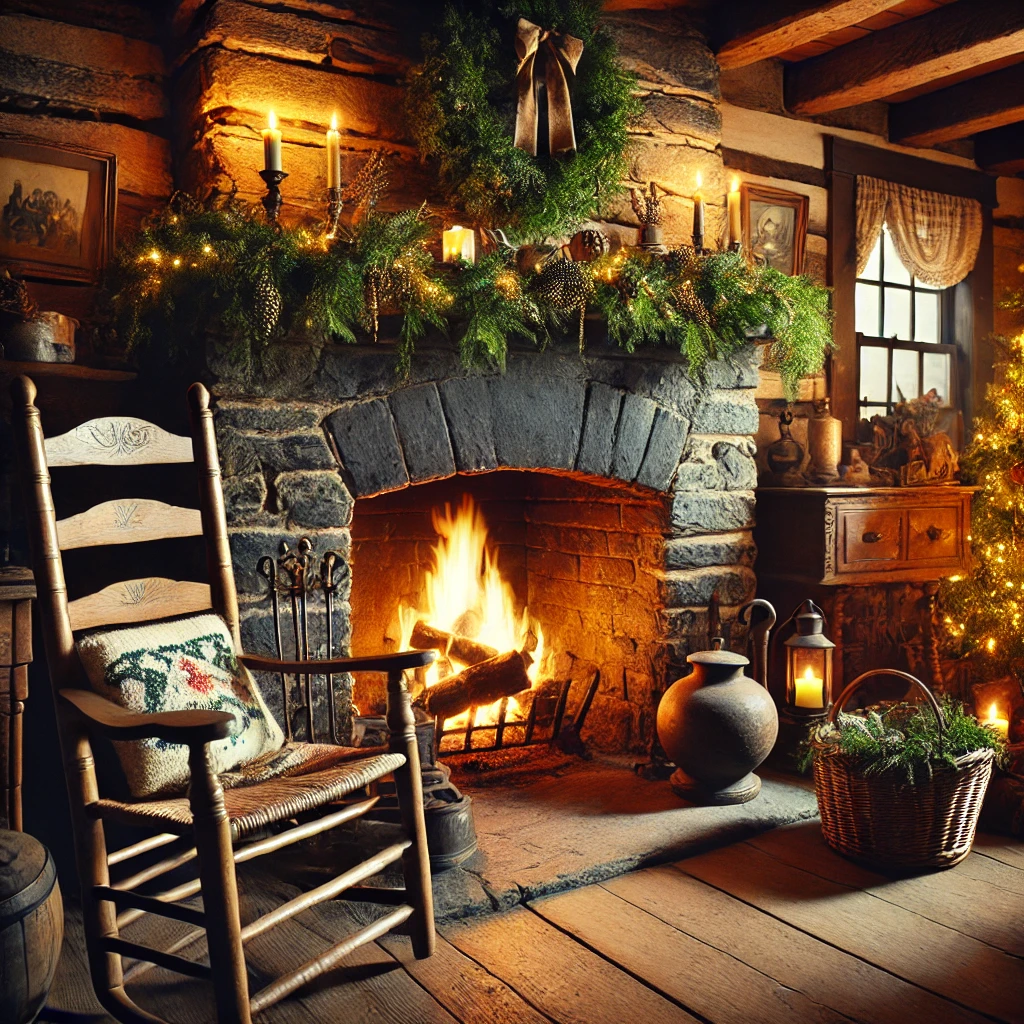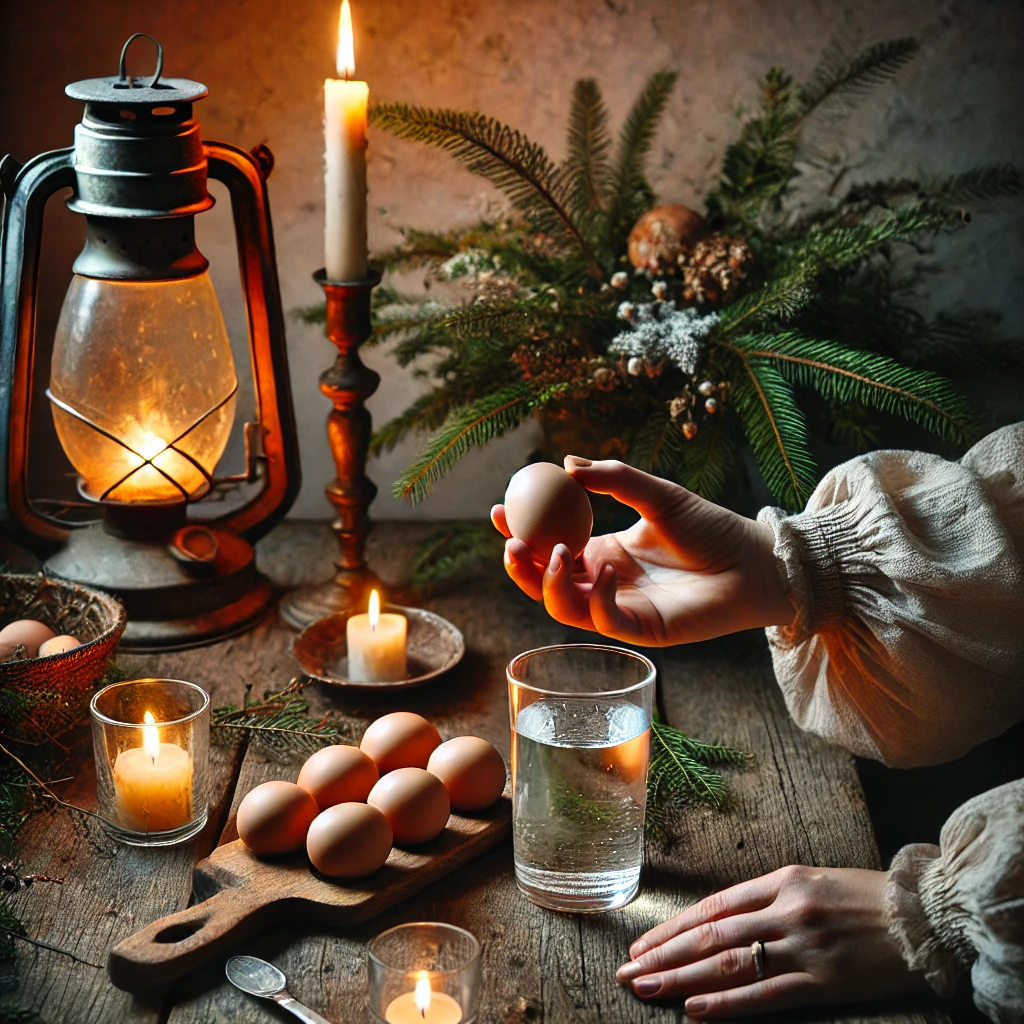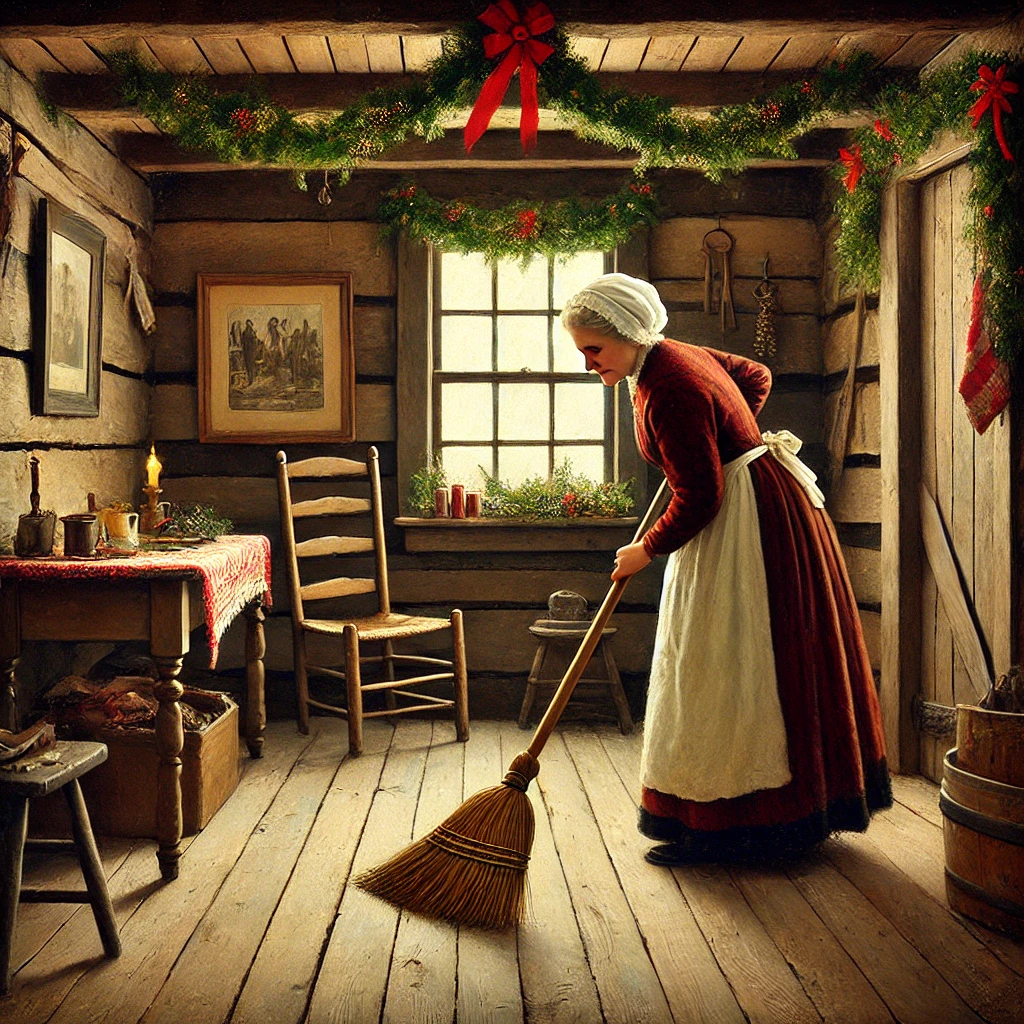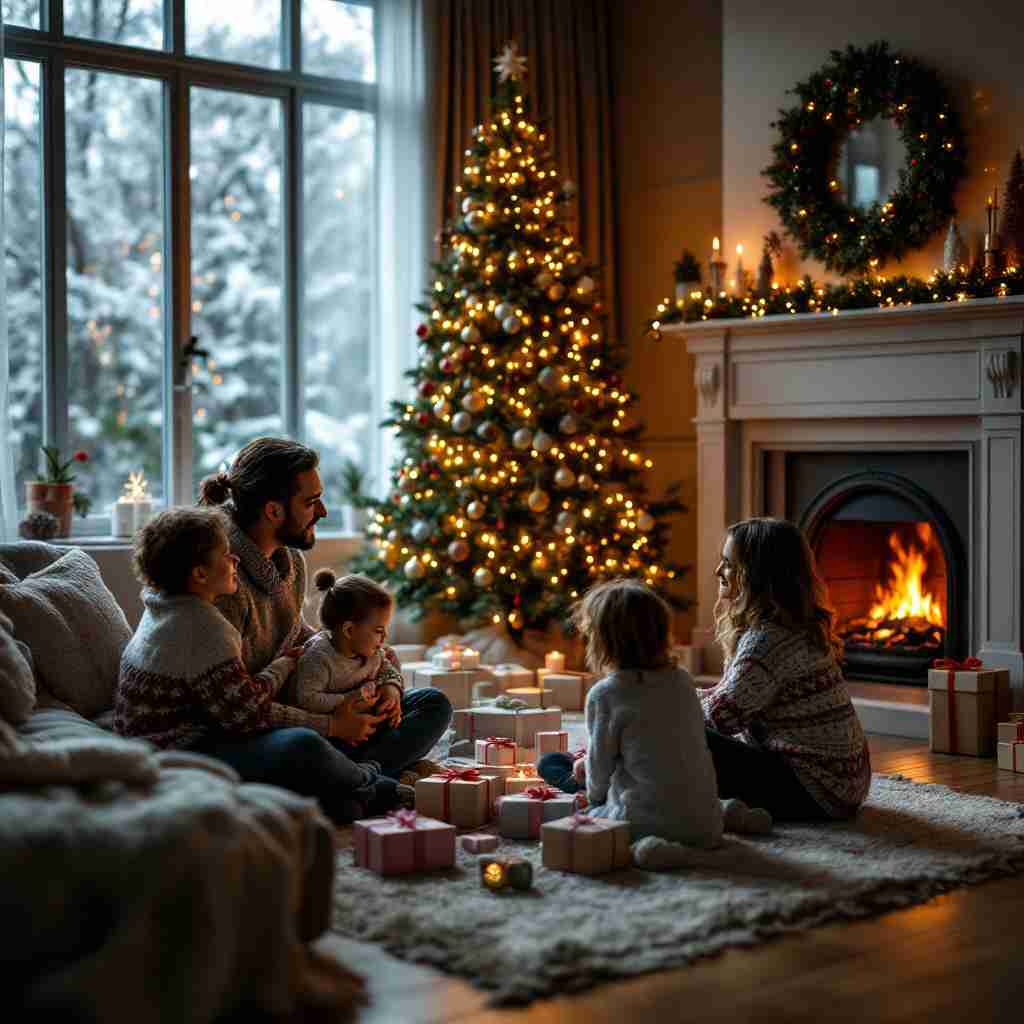Appalachian Christmas Superstitions You Won’t Believe

Picture this: it’s Christmas morning, and you’re rushing to get the cinnamon rolls in the oven, clear the wrapping paper carnage, and maybe post a perfectly filtered photo of your tree on social media before the dog eats the ornament hooks. Imagine trying to do all that while worrying that sweeping the floor might doom your entire year or that burning the Yule log too fast could invite bad luck. Welcome to Christmas in old-time Appalachia, where the stakes were high, the Christmas superstitions were serious, and holiday traditions came with a side of “better safe than sorry.”
In a world without Wi-Fi, Amazon Prime, or even reliable indoor plumbing, folks in the mountains found ways to add extra magic—or avoid extra misfortune—during the holidays. They didn’t just deck the halls; they leaned into rituals and beliefs that kept their imaginations alive and their communities connected. Let’s look at how these old-time superstitions might still give us something to consider between bites of holiday fudge.
Origins of Appalachian Christmas Superstitions
The mountains of Appalachia are a place where history lingers. Scots-Irish settlers brought their customs, Germans contributed their rich folklore, and Native American traditions intertwined with these stories. Over time, these influences fused into a unique culture, where storytelling became the glue that held families and communities together. Isolated by the rugged terrain, mountain folk preserved these beliefs longer than many other regions, passing them down through spoken word around hearth fires and church gatherings.
With its blend of Christian celebration and ancient winter solstice customs, Christmas became fertile ground for these superstitions. It was a time when the line between the sacred and the every day seemed thinner—when people sought ways to ensure luck, ward off misfortune, and stay in harmony with their surroundings.

Superstitions to Bring Good Luck
In Appalachia, many Christmas superstitions aimed to ensure a prosperous year. Burning the Yule log, for example, wasn’t just a decorative tradition—it carried spiritual weight. Families believed that letting the log burn through the night of Christmas Eve would protect the home from evil spirits and misfortune. If the log burned to ashes without going out, it was a sign that the coming year would be blessed. But you might expect a rocky road ahead if it sputtered or extinguished prematurely.
Another Christmas superstition, known as “first-footing,” came from Scots-Irish traditions. The first person to cross the threshold on Christmas Day was thought to bring luck for the year, especially if it was a dark-haired man. Some families even planned who would enter first to ensure a favorable start. It was a simple yet meaningful way to set a tone of positivity for the holiday.
For those who liked a little mysticism, egg divination offered a glimpse into the future. On Christmas Eve, cracking an egg into a glass of water allowed people to interpret the shapes that formed in the glass. A ship might mean a journey ahead, while a heart signified love or joy. It was equal parts fun and folklore, a way to engage with the unknown as the year drew to a close.
Superstitions to Ward Off Bad Luck
Christmas, for all its cheer, wasn’t without its cautionary tales. Many Appalachian families followed strict rules about what not to do during the holiday. For instance, sweeping the floor on Christmas Day was believed to sweep away your good fortune. Even if the house was untidy after a Christmas Eve feast, brooms stayed put until December 26.
Washing clothes was another forbidden activity, especially during the week between Christmas and New Year’s. Doing laundry was thought to “wash away” a family member’s life. While the origins of this belief are unclear, it was enough to keep many families away from washboards and tubs during the holidays.
Even broken dishes held weight in these Christmas superstitions. If a plate or glass shattered during Christmas, it was seen as a bad omen for the household. Such accidents were rare in homes that valued thrift and preservation, so it was hard not to see them as a sign of trouble when they did happen.

Animal-Related Superstitions
Animals, deeply woven into the fabric of Appalachian life, also played a role in holiday folklore. One of the most enduring beliefs was that cows knelt at midnight on Christmas Eve, honoring the birth of Christ. Farmers often shared tales of sneaking into barns on frosty nights to witness this miracle. While no one could confirm it happened, the story endured, reflecting a deep connection between faith and the natural world.
Not all animal signs were so heartwarming. A rooster crowing at night on Christmas Eve was considered a bad omen, signaling impending misfortune. Similarly, a howling dog on the same night could mean death or disaster was on the horizon. These beliefs likely stemmed from the isolation and unpredictability of mountain living, where every sound in the dark carried a heightened sense of importance.
Superstitions Around Food and Festivities
Food, a centerpiece of Appalachian Christmas celebrations, came with its own set of rules. Sprinkling breadcrumbs outside on Christmas Eve was a way to ensure the family would never go hungry. The act symbolized abundance, offering thanks for the past year’s harvest while inviting good fortune for the next.
Pork often graced the Christmas table, not just because it was readily available, but because it carried symbolic meaning. Pigs root forward, a sign of progress, making them a preferred meal for those hoping to move ahead in life. Conversely, chicken or other fowl, which scratch backward, were avoided during the holidays to prevent regression.
The “breaking up Christmas” custom also played into these food traditions. Families celebrated all 12 days of Christmas, from December 25 to January 6, with gatherings and feasts. Observing the entire season was thought to bring blessings, ensuring that no part of the holiday was rushed or overlooked.

Modern-Day Relevance of Christmas Superstitions
Today, many of these Christmas superstitions have faded, though echoes remain in family stories and local festivals. Electric lights might replace the Yule log, and first-footing may no longer be a practiced tradition, but the sentiment behind them persists. They remind us to welcome the season with an open heart, to pay attention to the small rituals that bring meaning to our lives, and to honor the wisdom of those who came before us.
In some Appalachian communities, efforts to preserve these traditions are growing. Storytelling events, heritage festivals, and oral history projects keep these customs alive, connecting younger generations to their cultural roots. And for many, the old beliefs still bring comfort, whether followed to the letter or remembered fondly as a part of family lore.
Superstitions Become Traditions
The superstitions of an Appalachian Christmas reflect the region’s deep ties to the past and its enduring sense of wonder. They’re a reminder that holiday traditions, no matter how small or peculiar, carry the weight of history and the warmth of community. Allowing the Yule log to burn or leaving breadcrumbs for good luck, these customs invite us to slow down and appreciate the season’s magic.
So this Christmas, as you gather with loved ones, maybe you’ll start a tradition of your own—something that blends the practical with the whimsical, just as Appalachian families have done for centuries. After all, in the heart of the mountains, even the simplest act can hold a world of meaning.


Comments are closed.